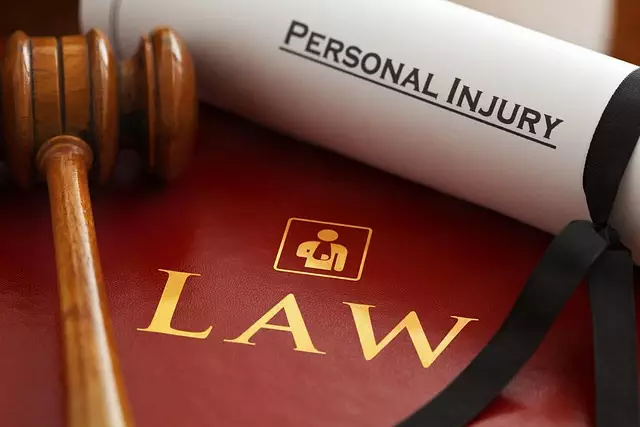Rideshare Safety Litigation in Manhattan, driven by high accident rates and complex liability issues, mirrors national trends. Similar to Medical Malpractice Cases Manhattan has seen, plaintiffs must prove negligence, causation, and damages against drivers, companies, or both. Establishing fault is difficult due to the interplay of driver actions and company policies. This evolving field demands understanding of local laws, regulatory frameworks, and the impact on healthcare systems, as these cases often reveal critical patient safety concerns and potential changes in provider accountability.
Rideshare services have transformed urban mobility, but they also raise crucial safety concerns. This article delves into the emerging legal landscape of rideshare safety litigation, focusing on medical malpractice cases in Manhattan as a prominent example. We explore how riders’ injuries during these trips are leading to significant legal battles and holding rideshare companies accountable for passenger safety. Understanding these cases is essential given the rapid growth of ridesharing and its impact on public health and safety.
- Understanding Rideshare Safety Litigation: A Comprehensive Overview
- Medical Malpractice Cases in Manhattan: Exploring Specifics and Implications
Understanding Rideshare Safety Litigation: A Comprehensive Overview

Rideshare Safety Litigation refers to legal actions taken against rideshare companies in response to accidents or injuries occurring during a ride-sharing service. These cases often involve complex issues, particularly when comparing liability between the passenger, driver, and the rideshare company itself. New York City, and specifically Manhattan, has seen an uptick in such litigation due to its dense population and high density of rideshare usage, mirroring trends across urban centers nationwide.
In many instances, these legal battles are akin to Medical Malpractice Cases Manhattan has encountered, where plaintiffs must prove negligence, causation, and damages. Riders may face challenges in establishing fault, especially when determining if the driver’s actions or the company’s policies contributed to the accident. Understanding Rideshare Safety Litigation demands a nuanced approach, considering local laws, regulatory frameworks, and the evolving nature of ride-sharing services.
Medical Malpractice Cases in Manhattan: Exploring Specifics and Implications

In the bustling landscape of Manhattan, rideshare safety litigation often intersects with medical malpractice cases, shedding light on critical issues within the healthcare system. These incidents can involve a range of scenarios, from misdiagnoses to inappropriate treatment, and have significant implications for both passengers injured in accidents and the broader community. Medical malpractice cases in Manhattan serve as a vital tapestry, weaving together complex factors such as negligence, liability, and patient care standards.
Exploring specifics within these cases reveals a labyrinthine web of challenges. Passengers may face lengthy legal processes, requiring meticulous documentation and expert testimony to prove medical negligence. The outcome can have profound effects, not just on individual lives but also on the reputation and regulation of healthcare providers and rideshare companies. This exploration underscores the importance of enhancing patient safety protocols and fostering a culture of accountability in Manhattan’s dynamic urban environment.
Rideshare safety litigation, particularly focusing on medical malpractice cases in Manhattan, highlights the complex interplay between technology, regulation, and public safety. As the number of rideshare services continues to grow, understanding the legal frameworks and their implications is crucial. Medical malpractice cases in Manhattan serve as a testament to the need for stringent standards and continuous evaluation of safety protocols. By delving into these specific instances, we can navigate the challenges and foster a safer environment for both riders and drivers alike, ensuring that the rideshare industry remains a game-changer in urban transportation while minimizing its labyrinthine risks.
